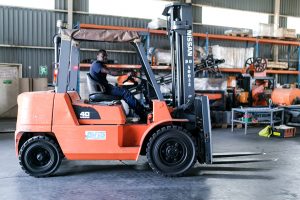Do you know the feeling, you asked your forwarder for a quotation and when faced with the invoice for your consignment it is not remotely what you had expected?
This may have various reasons and let’s have a look at a few of them.
As we all know a door to door forwarding and customs clearance service is made up of various components such as different modes of transport like road, rail ship and plane. Then there are also customs duties that may have to be calculated.
And what about transport insurance?
As we can see there are a lot of factors to be considered.
Your quotation is calculated based on point of origin, point of destination, Incoterms®, gross weight of your consignment and measurements of the packages to be transported. Not to forget the mode of transport you prefer for the main leg of the journey and customs clearance.
Incoterms®
First of all we need to have a look at the Incoterms®. Meaning from which point to which point are you paying for the freight and where does your liability start and where does it end.
Generally one should choose a term that gives you as much control as possible but at the same time limits your liability.
A very rough guideline, which doesn’t necessarily apply to everyone, could be a “c” term for the exporter and an “f” term for the importer.
Please also refer to our previous publications and the latest Incoterms® as published by the ICCI. Click the below link to view this important information:
www.iccwbo.org/copyright-and-trademarks
Point of origin, point of destination
This has to be seen in conjunction with the above, because an Incoterm® can never exist on its own, but only together with a named place. Such as “from fob Durban port to cip Adelaide” or ”from ex works Tel Aviv city limits to ddp Edenvale”. At the same time it is important that one is as specific as possible when it comes to the description of the place, such as “city limits”, an address or the word “port or airport”.
Gross weight and measurements
All actual freight rates are based on either weight or volume, whereas the different modes of transports have different weight/volume ratios. Border crossing consolidation road freight for example is charged at 1000 kg or 2 cbm, whichever is the greater; Airfreight most of the time per kg or 6000 ccms and so on.
Value and HS Number
To calculate the transport insurance, customs duties and taxes that are payable we need to know the value of your consignment. Not only that, but also the so called HS (Harmonised System) number. Also called customs code number.
Although we gladly assist to the best of our ability, at the end of the day it is only the importer who really knows his commodities and only together with him can we determine the correct HS code.




